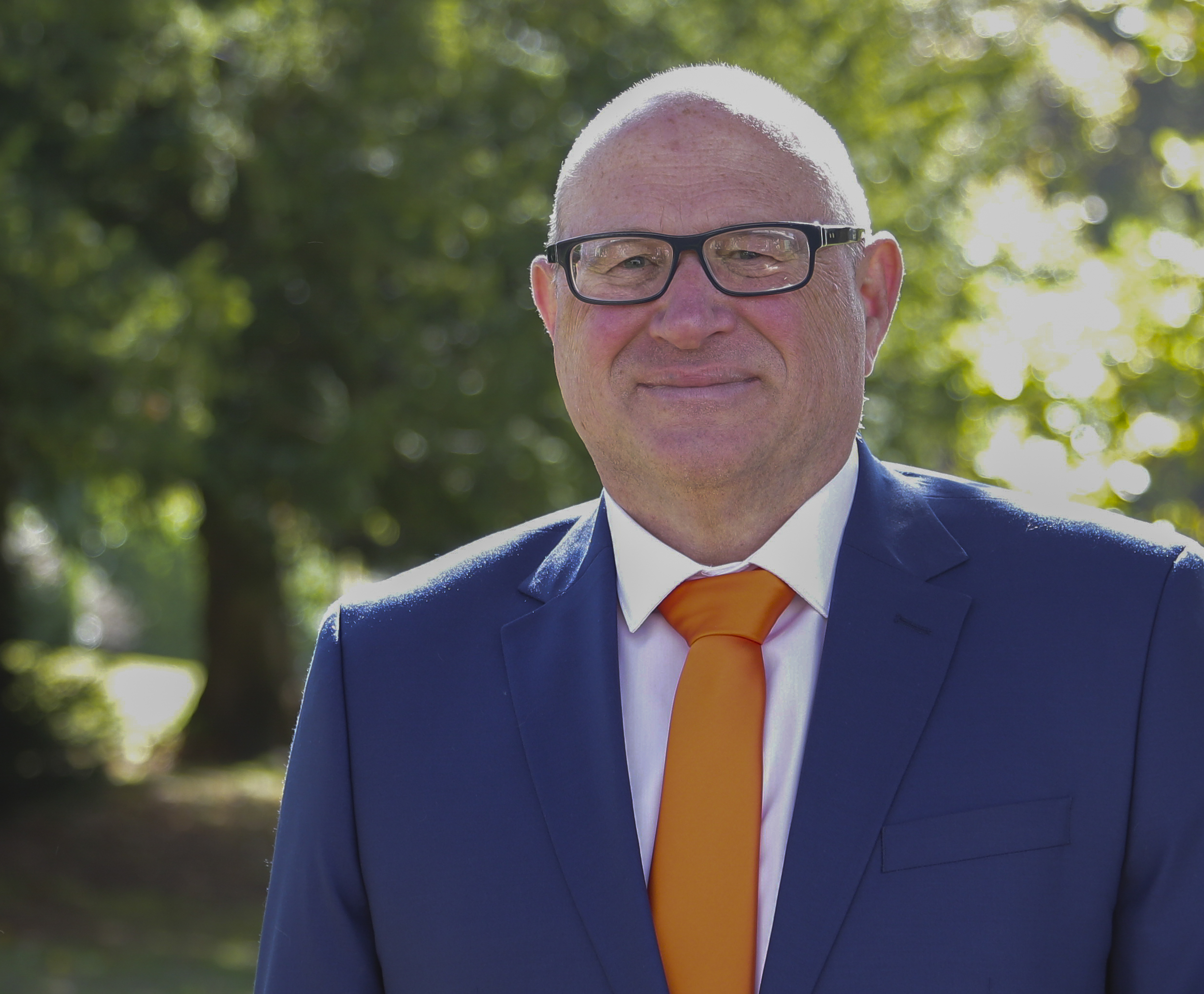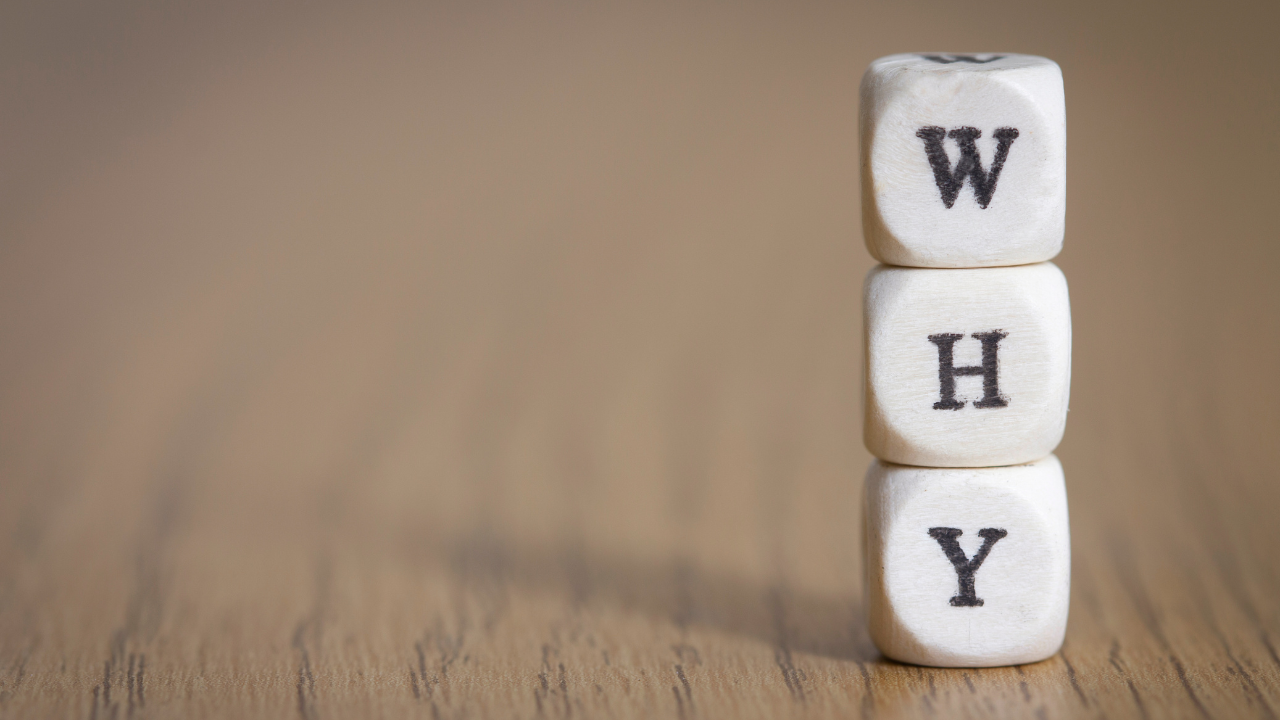Managing Models
Dr Anthony Kenneson-Adams. MA. Bsc(Hons). FInstLM. Royal Air Force (Ret’d)
Posted 03/14/2023
Choosing a model for maintenance and engineering projects, problem solving, process improvement or business change scenarios can become confusing with many models on offer. So, how do you get the best out of what is available, and why use just one?
In my over 30 years of leadership practice, I have blended elements of several models that have worked for me and have enabled me to improve reliability, maintainability, sustainability, OEE, and problem solving. Importantly, the elements of all these models focus on bringing together people and process to improve business performance.
The models that I have merged and will discuss here are Deming’s PDCA and PDSA, with the 6 Sigma DMAIC process and Lean Manufacturing tools, which share a common heritage. I then link these with Lewin’s Participatory Action Research (PAR) model. The purpose has been to get one harmonised model that is greater than the sum of its parts and that works for me and my teams (Figure 1).

PDCA
Plan, Do, Check, Act/Adjust (PDCA) is associated primarily with W. Edwards Deming, the designer of the 14 principles of Management, and the acknowledged forerunner of the Toyota Production System and thus Lean manufacturing. However, as much as Deming promoted PDCA, later in his career he modified the model to Plan, Do, Study, Act (PDSA), (Pruitt, 2021) because he felt that ‘check’ emphasized ‘inspection’ over ‘analysis,’ and analysis is key to learning and innovative problem solving.
Importantly, both PDCA and PDSA are built on a series of iterative cycles (Figure 2) that help the user build on the success of previous cycles to inform the next cycle until the required project or problem is solved. Deming, when including ‘Study’ in his model, has alignment with Participatory Action Research (PAR) that I use in innovative problem solving which I discuss below. So, even Deming was not averse to modifying a model.
Participatory Action Research (PAR)
PAR will probably be the less well-known of the models, but I found that utilising PAR as a Cultural enabler for the other models has been central to the success of this combined methodology. Kurt Lewin as described in McNiff (1995) popularised PAR and its four cycles of Plan, Act, Observe and Reflect (PAOR) and I use these as internal cycles to the four quadrants of PDCA, (Figure 1), particularly in the quadrants Do and Check.
Though this model is more often used in Education and Medicine, Lewin was himself involved in solving problems in industry. This model is concerned with the creation of new knowledge through action-based research, leading to creativity and innovation through people-centred learning (Rogers, 1988).
PAR is also designed to be a series of cycles until a problem is solved, but in the circumstances discussed here, it is for the team to find the solution not a leader. As adults learn best through doing, PAR capitalises on this action approach as a natural way of learning, and I have used it as a natural way of learning in teams. This also aligns with a method in Lean Manufacturing called Kaizen Teian where teams are continually encouraged to look for problems and then find and implement their own solutions. I will now break down the three elements of PAR.
Participatory
Teams are the change engine for solving problems and decision making to create new paths of learning. They are empowered by their leader to make decisions that change, and drive business having set their own direction, within an agreed set of boundaries. This will be very new to many who only have experience in working with hierarchical goals and direction. Key to this is training, so that teams understand how to manage risk, think systemically, and understand how to build inclusive teams.
In my model PAR, as taught by McNiff, is specifically extended to focus on team learning and thus called Participatory Action Research in Teams (PART) (Kenneson-Adams, 2021). The team is initially led by a ‘researcher’ who is any expert in the PART process, but whose job (via the 7 steps, as in Figure 3) is to step away as quickly as possible so that the team discovers new paths of learning through their own actions and experimentation and then owns their own findings.

Action
PART is not a theoretical model but one centred in ACTION. It is about the scientific method where the team having come up with an idea, a hypothesis, then test that idea in real-time action to move their thinking forward. They learn by planning, doing, observing, reflecting, and then undertaking action or further cycles of action to move forward.
Research
There is real research being carried out using this methodology that finds new knowledge, new ways of thinking about things and new ways of putting team based original thought into business altering solutions. This extends person-centred learning into team-centred learning.
It is essential to maximise the learning gained in PART, so it is important to ensure the team plan time for observation of the impact of the changes, and for reflection on-actions, but also to cultivate a discipline of reflecting in-action (SchÖn, 1991) that provides for a library of reference experience to speed up future change.
Six Sigma Problem Solving
Six Sigma was introduced by Bill Smith of Motorola in 1986 to improve manufacturing quality by identifying causes of non-conformance and uses statistical methods to drive out variability. For the purposes of this article, I will focus on integrating his problem-solving methodology of Define, Measure, Analyse, Improve, Control, into the combined model.
Using the New Model
So, having introduced the individual and established models, here are the four sections of my integrated model and how I use them. PDCA is the top level with all the others feeding into it as in Figure 1.

Plan – from PDCA
Here Define, Measure and Analise from 6 Sigma feed into and add value to PDCA.
Define: For any problem or project, fully define your problem or thesis. What do you want to achieve? Define the problem, not the symptom of the problem, and then raise a project charter. Bring together a team made up of those who are impacted by the problem and those who can fix the problem. For a practical example of using this expanded model example in a paper manufacturing plant, one-ton bales of paper were slipping back on an angled walking floor causing gaps in the feed which in turn caused reduced production.
Measure: Measure what is happening? How often is it happening? What is the impact on production and profitability? Carrying out this measurement may be one individual with a stopwatch and a clip board, or a team building a large data set.
In the example, the bales were slipping backwards 24/7, and had been for the past 10 years. These gaps were causing the loss of the equivalent of 2 hours production every 24 hours on heaviest grades. When you have auditable data at this level you can calculate the value that fixing the problem will bring to the company.
Analyse: Importantly the analysis has two functions. Firstly, does the data show that this is a problem worth solving? Secondly, the data provides a baseline from where to measure change. Using PART, the team go through iterative cycles of learning about the data until these data are fully understood. This is essential to gain full knowledge of the problem and its impacts. In our example, the team looked at the data and then asked on which belt speeds and grades is this a problem? Is the walking floor the issue or the bales? Is this shift related?
Do
Improve
Complete Root Cause Problem Solving with the multidisciplinary team. The team design experiments to find their solution to the problem through iterative action learning PART cycles, Plan, Act, Observe, Reflect. The first cycle does not have to find the solution. Let the team find their own answers and then they will be far more committed to own their final solution. Remember to coach, not tell and ensure the ‘researcher,’ facilitator steps aside and then away as quickly as possible.
In the paper mill example, in the first cycle the team first increased friction on the surface of the walking floor with various products, but this had limited success. In the second cycle, the team tried even more friction to grip the bales, so they welded tungsten teeth on the walking floor slats to try and stop slippage. This was only successful for a short period of time. The determination of the third cycle was to level the walking floor to its design specification of horizontal and build a ramp up to it for loading thus using the design properties of the walking floor. The plan included putting the infrastructure changes in place on already planned outages so no extra down time would be required.
Check
Evaluate the plan to see if the outcomes that you are getting match your expectations. In Deming’s P, D, S, A cycle, this calls for an in-depth understanding of what is going on, not just checking if the outcomes are correct. Use graphs or statistical tools to ensure the results are auditable and repeatable.
Observation
Observation of the application of the plan is vital as the team uses its new knowledge to put the solution into place. Set aside time for the observation and careful recording of the outcomes. Incorporating the Lean discipline of Poke Yoke is important here to make the solution failure-proof. If there are shortfalls, further PAR cycles are encouraged using Design Of Experiments or other tools, led by the PART team. The project then reaches completion and that completion, that solution, is owned by the PART team and steps taken to ensure that the solution meets the customer requirement.
In the paper mill example, on process start-up after completion of the now horizontal walking floor, there were no gaps in the feed and at heaviest grades the production team were able to increase output by the equivalent of an extra day of production per month.
Act
This phase is also sometimes called ‘Adjust’ in PDCA; however, using PART you would expect the iterative problem solving to have been completed in ‘Check’ for this cycle. Here you would expect to bring together everything you have learnt, you would collect any evidence of change and document future opportunities, and also document how you overcame non-conformities and how you managed any risk. Also, make recommendations for any future PDCA cycles with internal PAR cycles as required.
Control
Control and sustain the gains. This is so often overlooked to the detriment of the business. First, standardise all that has been learnt, update installation drawings, design new PMs and PdMs as required making them as visual as possible. It is also very important to Reflect on ‘how’ the team learnt, as much as ‘what’ they learnt. Capture all lessons learnt and publish these to the widest audience possible. In Lean, this is called Yokoten, particularly important if this is the last of a series of PDCA cycles.
In the example this included updated lubrication, vibration, and thermal analysis rounds. The team also implemented Lean manufacturing methods to sustain the gains with KATA coaching and Short Interval Control that was audited on Gemba walks, followed up with process confirmation and Layered Process Audit.
When such effort has been put into finding the solution, not to capture every drop of learning and sustaining the gains is wasteful of the process and disrespectful of all those who expended the effort to find that solution.
Summary of Models Presented
So, the models PDCA, PDSA, PART, 6 Sigma and Lean complement each other. In some cases, they share their origin, but in bringing them together they provide a focused package for the Maintenance Manager or Reliability Engineer. This enables them to truly integrate their teams as decision-making, problem-solving-individuals, driving change that improves reliability and value to the bottom line.
References
Pruitt, W. Frazier; Imam, S.M. Waqas. “Expert Answers: April 2021 | ASQ“
McNIff, Jean. (1995). “Action Research Principles and Practice”. Routledge.London.
Kenneson-Adams, Anthony. (2021). Design and Testing of a Jewish Leadership Model for Secular Leadership as a Driver for Organizational Development and Operational Excellence in Manufacturing
Rogers, Carl. (1988). On Becoming a Person. Constable, London.
SchÖn, Donald, A. (1991). The Reflective Practitioner, How Professionals Think in Action. Taylor & Francis, New York.

Dr Anthony Kenneson-Adams
Dr. Anthony Kenneson-Adams had a 30-year career in the Royal Air Force, becoming a Senior Engineering Officer, Project Manager and Engineering Authority responsible for multiple fast jets and large-body aircraft in peace and war operations. On retiring from the Royal Air Force, he became a Corporate Operational Excellence Consultant in the Paper Manufacturing and Packaging Industries and is now the Head of Learning and Knowledge Transfer for the international Project 7 Consultancy. You can contact Anthony at www.project7consultancy.com or [email protected]
Related Articles

Highly Effective Maintenance Training is to “Know Why”

The New Industrial Culture: Journeys Toward Collaboration

Creating a Culture of Manufacturing Reliability




